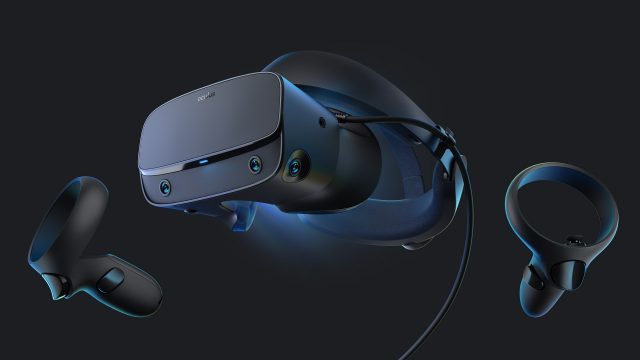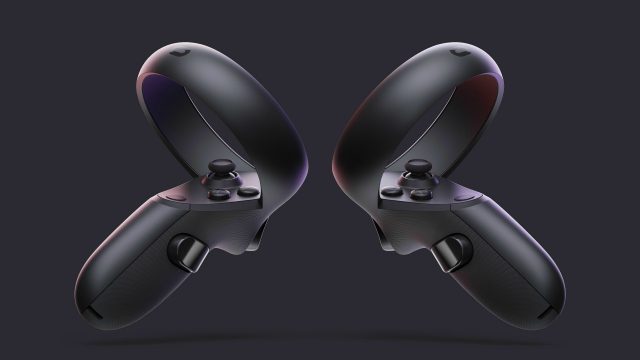Oculus Quest and Rift S use similar inside-out tracking which relies on cameras on the headsets to not only track the user’s head but also their hands. While this works well in many cases, at launch there was something of a deadzone when bringing the hands very close to the headset which could lead to spotty tracking. With an update now rolling out publicly to Quest and Rift S, Oculus says that tracking in this specific area has been improved.
While Quest & Rift S surely have the widest controller tracking coverage we’ve from similar inside-out systems, both had notable deadzones when bringing the controllers very close to the headset. In many cases where the controllers only briefly pass through the deadzone, tracking is handled gracefully by making some best guesses about their location. However, in games where the player’s hands are continuously in the deadzone, those estimations become inaccurate, leading to occasionally seeing your hands drift or disappear.


This especially impacted realistic shooter games like Pavlov (2017)—where the player’s trigger hand would be held nearly up to their cheek while looking down the scope—and CREED: Rise to Glory (2018)—where the player is asked to hold their hands up in front of their face to block incoming punches.
In an update rolling out to the public today on both Quest and Rift S, Oculus says these specific situations have been improved, though they don’t go so far as saying they’ve been been fixed entirely. “We’ve fine-tuned our Oculus Touch controller tracking algorithms to improve accuracy for certain poses, like when your hands are close to the headset or angled away from it,” the company writes in a blog post.
We’ll need some time to go hands on with the update and get a feel for it ourselves, but in the meantime this video shows tracking footage on the Rift S using the new update, and it does look like things have been notably improved.

